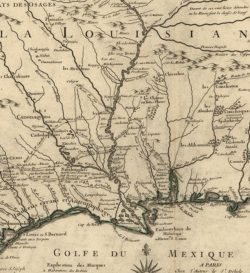Foodways
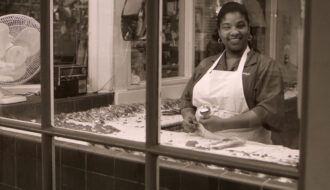
Pralines
The praline, a confection made of sugar and nuts, is a representative dish of the Franco- and Afro-Creole Atlantic diasporas.

The praline, a confection made of sugar and nuts, is a representative dish of the Franco- and Afro-Creole Atlantic diasporas.
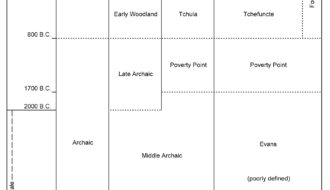
This entry explores the history of American Indian life in Louisiana from 11,500 BCE to 1700 CE through the study of prehistoric archaeology.
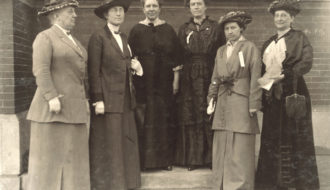
The Progressive movement that swept across the United States at the turn of the twentieth century brought changes to many of the nation's social and political institutions, including those in Louisiana.

Louisiana reluctantly became subject to prohibition, the effort to eliminate alcoholic drinks, as a result of the 1920 federal law commonly known as the Volstead Act.

Leander Perez purchased Promised Land in 1925 and occupied the plantation house until the early 1960s.
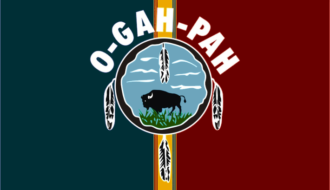
The Quapaw Indians, whose four villages were located along the Arkansas River, were military allies and trade partners of colonial Louisianans.

Rap, hip-hop, and bounce are musical genres that developed in New Orleans beginning in the late 1980s.

The post-Civil War period in US history is known as the Reconstruction era, when the former Confederacy was brought back into the Union.
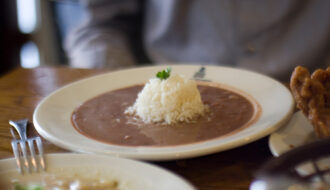
Traditionally served on Mondays in New Orleans, red beans and rice is an economical dish that has become a staple throughout Louisiana and the Gulf Coast.
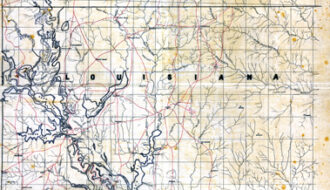
In the 1864 Red River Campaign, Union troops attempted but failed to surround Confederate forces in northwestern Louisiana.
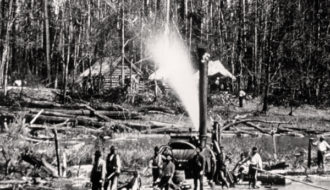
The Great Raft was a thousand-year-old logjam in the Red River that prevented transportation downriver to New Orleans.
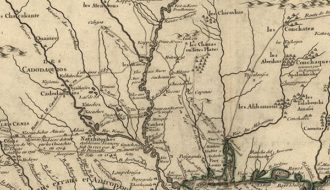
Shulashummashtabe (Red Shoes in English; Souliers Rouges in French) was a Choctaw warrior, diplomat, and trader whose actions sparked the Choctaw Civil War from 1747 to 1750.
One-Year Subscription (4 issues) : $25.00
Two-Year Subscription (8 issues) : $40.00
